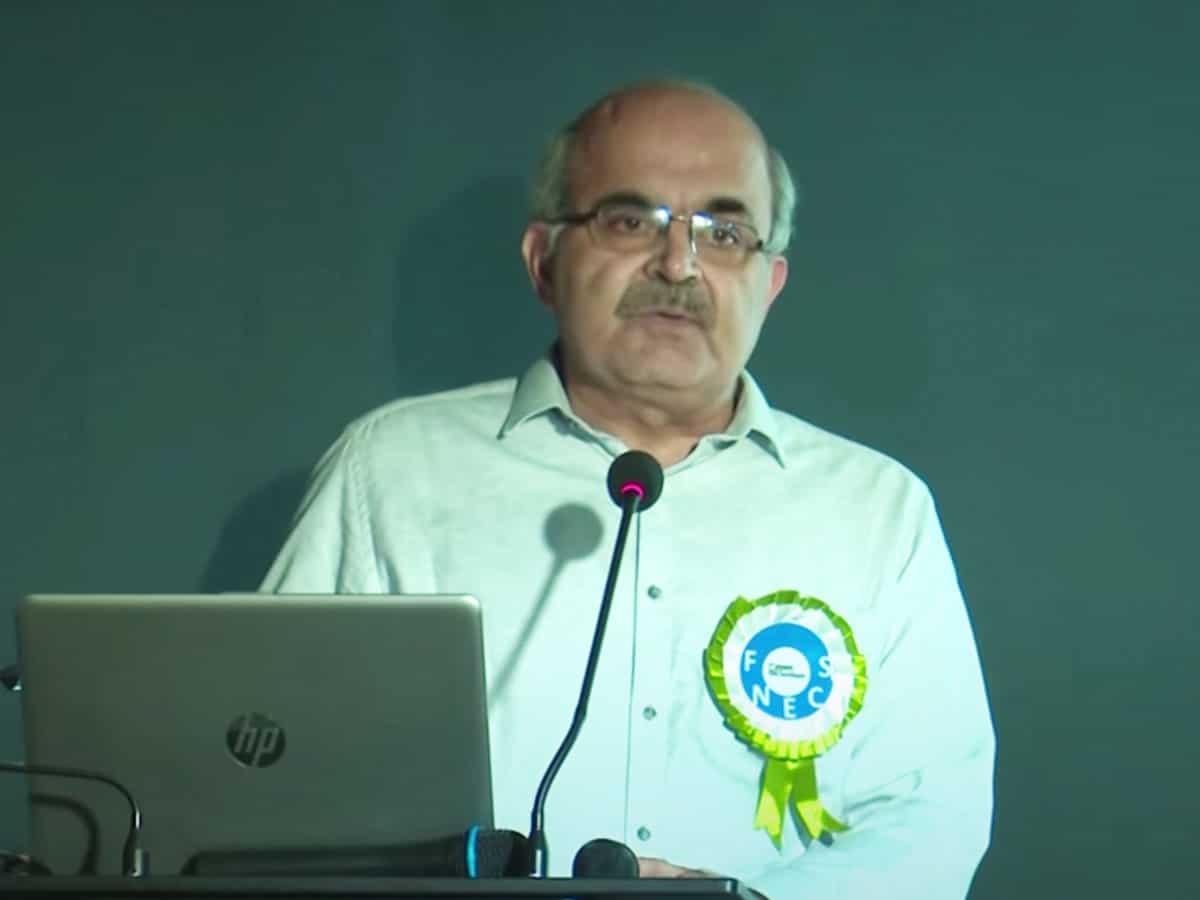The article, Kothi and Abids in Hyderabad were ruled by Britain, not Nizam, which was published in siasat.com on July 2, a reader, Pankaj Sethi, has written a letter to the editor. Since the letter is interesting and sheds some light on the recent past of Hyderabad, the we have decided to present it to the readers.
Dear Sir,
This is apropos article titled “Kothi and Abids in Hyderabad were ruled by Britain, not Nizam” in the Siasat edition of 2nd of July 2020.
If by “rule” the author means “ownership”, then the Residency areas were never “ruled” by either the East India Company, or, after 1857, the British Crown.
However it is true that until the First Rendition Agreement in 1934, the Chadarghat Municipality was under administrative control of the British. Residency Bazaars such as Sultan Bazaar, Troop Bazaar, Begum Bazaar, etc., were part of this Municipality.
Also, until the Second Rendition Agreement of 1945, areas of Secunderabad south of Alexandra Road (today’s Sardar Patel Road) were part of Secunderabad Cantonment, and were also under the administrative control of the British. Nizam’s Government took back this part of Secunderabad after the 1945 agreement.
If there was any doubt about whether the East India Company or the British Crown owned any land in Hyderabad, it was put to rest by the British themselves. In 1926 the then Resident, William Barton, prepared a “Memorandum on the Tenure of Land in Administered Areas by the Government of India”. The Memorandum, quoting several earlier documents and correspondence, established that no land in Hyderabad was ever definitively assigned to the East India Company or to the British.
So how was it that there were parts of Hyderabad, and almost entire Secunderabad, which were under administrative control of the East India Company (till 1857) or the British Crown (between 1857 and 1947)?
The roots go back to the Treaties of Subsidiary Alliance which the Second Nizam, Mir Nizam Ali Khan, signed with the East India Company. As per the last couple of these Treaties, signed around 1798 when the joint forces of the Nizam and the East India Company were contemplating a war against Tipu Sultan of Mysore, the East India Companywould place 6000 (later 8000) troops in Hyderabad at the Nizam’s cost, for the protection of Hyderabad. The condition was that the Nizam would fire all French troops and advisors in his employ.
Once the Mysore war was over the question that came up was–Where these East India Company troops would be housed. For this the site chosen was on the northern and north eastern shore of Hussain Sagar– roughly stretching from the present Begumpet to Kavadiguda. By this time Nizam Ali Khan had passed away and the Third Nizam, Sikandar Jah, had taken over. The new camp town was therefore name Secunderabad in his honour.
As part of the Treaty of Subsidiary Alliance, The East India Company also got to place their “Resident” in the Nizam’s Court at Chowmohalla on the southern bank of the Musi. The residence and office the Resident – which came to be called the “Residency” – were built on the northern bank of the Musi, at the site of today’s Koti Women’s College. An agreement was reached that the Company would administer the Residency area (Chadarghat Municipality) and the Secunderabad area. The bazaars that grew up around the Residency, such as Sultan Bazaar, Troop Bazaar, Begum Bazaar, were thus called the Residency Bazaars.
After the Musi Floods of 1908 the Seventh Nizam took up several development works to reduce the threat of future floods. He also decided to shift his own residence from Chowmohalla to King Kothi. But King Kothi was under the Chadarghat Municipality. Being the Sovereign, the Nizam naturally did not wish to stay in an area which was not under his own administrative control. Taking note of the fact that ownership of no land in Hyderabad was ever assigned to the British, the Hyderabad Assembly passed the First Rendition Act, reached an agreement with the British, and took back administrative control of Chadarghat Municipality in 1933.
Twelve years later, after the Second World War ended, the Second Rendition Agreement between the Nizam and the British saw the takeover the area between Hussain Sagar and Alexandra Road (SP Road) being taken back by the Nizam.
More details are available in my talk titled “The Story of Secunderabad” available above.
Pankaj Sethi, Secunderabad


